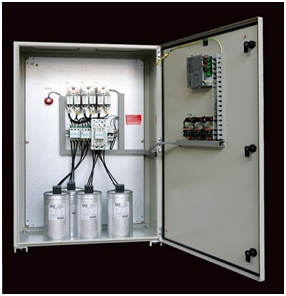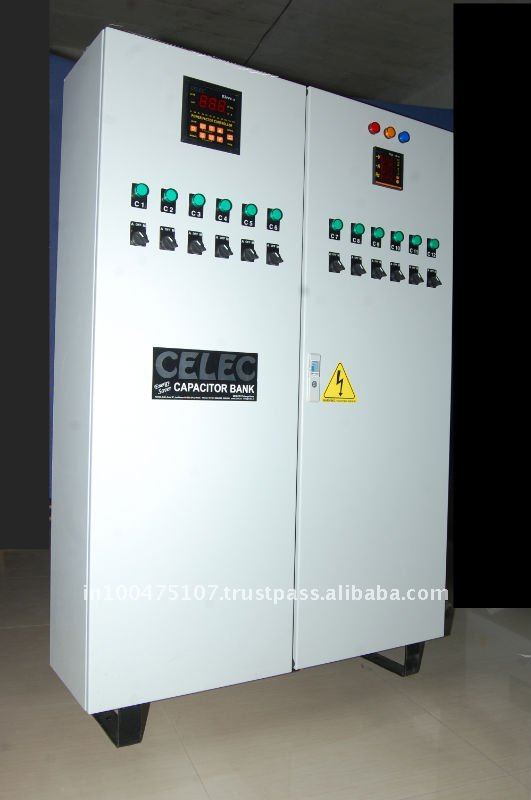I am starting this thread for those who wish to study the way Jim Murray and Paul Babcock arrived at their new technology.
The first thing we have all done with Tesla is to go read his patents.
Both of these men have worked in the electrical field their entire lives just like Tesla did. Both men know that Tesla offered more than the current laws in schools today teach.
Paul's flyback switching is very similar to the attributes of a mechanical switch and is a very important piece of the puzzle.
The Dynaflux theory of operation should be studied equally as much.

https://docs.google.com/viewer?url=p.../US4780632.pdf
Also when studying the work of these men with their patents, PRIOR ART should also be reviewed. This is a tab we find on patents. It says PRIOR ART.
Prior Art is most often other related patents that the inventors followed generally earlier in the century and whether they followed the earlier patents intentionally or unintentionally the patent office will identify and put all of the same types of patents together.
There is much to learn from PRIOR ART and even if we only read the inventors patents that are based on a life's work, we may not get through all of the material as quickly as we might think.
Let it take time.
If we sort through Murray III patents and P. Babcock patents we might understand some of it in a few months of studying.
This is one place to start.
Patent US20110157942 - Controllable Universal Supply with Reactive Power Management - Google Patents
Remember that the flyback switching without understanding the Dynaflux would be an incomplete understanding of the way the SERPS operates.
Both men's patents need to be studied so that we can see how the SERPS works and these few articles I have included represent only a small portion of each mans work.
Mike
The first thing we have all done with Tesla is to go read his patents.
Both of these men have worked in the electrical field their entire lives just like Tesla did. Both men know that Tesla offered more than the current laws in schools today teach.
Paul's flyback switching is very similar to the attributes of a mechanical switch and is a very important piece of the puzzle.
The Dynaflux theory of operation should be studied equally as much.
https://docs.google.com/viewer?url=p.../US4780632.pdf
Also when studying the work of these men with their patents, PRIOR ART should also be reviewed. This is a tab we find on patents. It says PRIOR ART.
Prior Art is most often other related patents that the inventors followed generally earlier in the century and whether they followed the earlier patents intentionally or unintentionally the patent office will identify and put all of the same types of patents together.
There is much to learn from PRIOR ART and even if we only read the inventors patents that are based on a life's work, we may not get through all of the material as quickly as we might think.
Let it take time.
If we sort through Murray III patents and P. Babcock patents we might understand some of it in a few months of studying.
This is one place to start.
Patent US20110157942 - Controllable Universal Supply with Reactive Power Management - Google Patents
Remember that the flyback switching without understanding the Dynaflux would be an incomplete understanding of the way the SERPS operates.
Both men's patents need to be studied so that we can see how the SERPS works and these few articles I have included represent only a small portion of each mans work.
Mike




















Comment